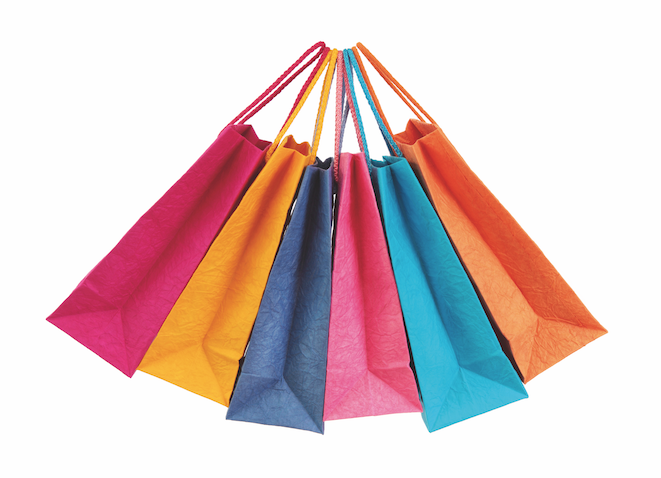Mid-market companies have to meet the post-lockdown supply challenges head on, say Amanda Yeaman (left), investment manager, smaller companies, and Abby Glennie (right), deputy head of smaller companies, Aberdeen Standard Investments
There have been many lessons learned during the long months of the pandemic and an important one is that we can no longer take fully stacked store shelves for granted.
Since the great toilet paper crisis of March 2020, multiple factors have combined to cause many other gaps in the production and supply chains for a whole range of products, causing shortages and driving prices up by enough to bring on a bout of inflation. In the UK, the Bank of England’s inflation target is a steady 2%; the figure has been below this for many years, but over the past months, the number has ticked upwards, although analysts and economists continue to believe this is temporary.
So what’s behind the gaps on the shelves not just at the supermarket but at DIY stores, builders’ merchants, bicycle shops, car salesrooms and many other retailers? First of all, Covid-19. The virus has caused illness, lockdowns and staff absences – due to illness and the self-isolation ‘pingdemic’ – that have hampered the production and transportation of every kind of product. Then comes Brexit, which has changed how goods can flow between the UK and other countries. There’s also pent-up demand from consumers all over the world, who are emerging from lockdowns and are ready to shop, travel, decorate and build after a long pause. Throw in the random event that was the Suez canal blockage, which has backed up sea freight right across the globe, it’s almost a surprise that there are any goods on our shelves.
These circumstances have presented challenges to every kind of business. The mid-cap market, which encompasses companies with a market value of between $2bn and $10bn, has had a challenging time, but this type of company, big enough to matter, small enough to still be nimble, has perhaps been able to weather the storms better than expected.
What’s been interesting to see is how well quality companies have adapted and even thrived in these circumstances. The best companies have flexed their digital muscles to boost their business online. We’ve found that in well-run companies, management teams are positive about the demand outlook across most sectors. Demand is allowing companies to focus on doing the right work on the right terms and many are finding that their order books have never looked stronger. That confidence in outlook and strong balance sheets brings conviction in keeping stock levels high, pre-ordering goods even, and retaining strong supply-chain relationships.
Inflation and rising prices for both materials and wages do not appear to be causing too many problems to high quality mid-cap companies. They can deal with higher costs because often they can pass them on to their customers, or they can manage the costs well because they have a dominant market position meaning they are scale customers, with agility and good relationships with suppliers.
We expect to see some sort of rationalisation, even localisation, of the supply chain because companies want to put more dependable, more auditable and more ESG friendly supply in place. The solution in tight markets of flying goods instead of shipping them doesn’t hold up in more climate-conscious times.
Some companies seem to be rising relatively well to the challenges of life after lockdown. Home goods suppliers, Dunelm being a good example in our view, focusing largely on UK vendors with deep stock levels, so it has proven able to cope well in the face of Suez and supply shortages.
AO World, which supplies home electrical appliances, has also thrived. We believe that the company has a strong position in white goods and has been able to command a good supply of product. Ranges have been trimmed, to focus on core stock, rather than variety and proliferation. So consumer choice has been narrowed, to perhaps four dishwashers instead of 20, but supply has remained strong. Their dominant position meant they continued to take supply when others didn’t, strengthening those long-term relationships.
In our opinion, the luxury confectioner, Hotel Chocolat, is another example of a mid-cap that has managed the current situation relatively well. As the company controls its own manufacturing, it has not had to grapple with supply problems. We are impressed with how they have managed both demand and production. During lockdowns, with restrictions in place at the factory and distribution, they cut their ranges to ensure they could operate efficiently. But as lockdowns have eased and stores have re-opened, they have been able to quickly scale up and cope well with sharp increases in demand.
Most well-run companies have been braced for increasing cost pressures as we emerge from the pandemic and although we are keeping a watchful eye on how the situation unfolds in the mid-cap market, we would argue that the best companies are ready and well-placed, with plenty of levers to pull.































